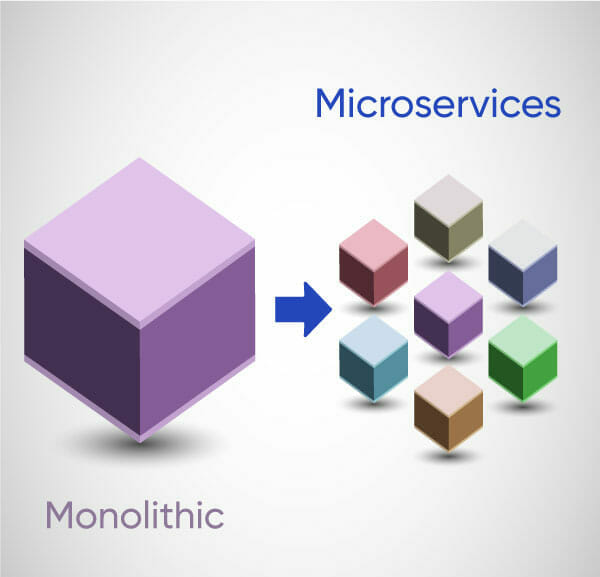Cloud-native platforms are not the future – they are available now
Research shows that 75% of companies are focusing on cloud-native apps. And Gartner estimates that by 2025 more than 95% of new digital workloads will be deployed on cloud-native platforms, up from 30% in 2021.

Forward-thinking companies like Netflix, Amazon, Uber and even Lego are already winning big with strategies that take advantage of the cloud to deliver exceptional functionality and propel innovation.
Here at Education Horizons, that’s exactly what we have done with our newest student information platform, Zunia, ideal for small schools seeking a cloud based school management system.
Why did we choose to build Zunia as a cloud-native platform using a microservices architecture?
The answer? Because we know that’s how we can deliver innovative software of exceptional quality that offers amazing benefits for schools – now and into the future.
To truly understand the benefits of a cloud based educational management system for schools, we need to delve into how cloud-native and microservices work, and the unique advantages of a cloud-native microservice architecture.
A quick definition of cloud-native
Cloud-native refers to the concept of building and running applications to take advantage of the cloud delivery model (where infrastructure is hosted off-site in robust, secure, professionally managed facilities).
‘Lift and shift’ apps are a good step to shift from on-premise IT infrastructure to the benefits of remote hosting. However, cloud native solutions like Zunia, have been designed and built to tap into the scale, elasticity, resiliency, and flexibility of the cloud.
Here’s how the Cloud Native Computing Foundation (CNCF) defines it:
Cloud native technologies empower organizations to build and run scalable applications in modern, dynamic environments such as public, private, and hybrid clouds. Containers, service meshes, microservices, immutable infrastructure, and declarative APIs exemplify this approach.
The cloud-native approach to building and running software started with a group of SaaS (Software as a Service) companies commonly referred to as ‘born in the cloud’. Some of the most famous examples who were early adopters of this approach include Netflix, Spotify, Uber, PayPal and Airbnb.
Following their evident success, other companies looking to achieve similar digital agility and competitive advantage have adopted the cloud-native approach. These businesses, including Education Horizons, embrace modern working practices such as DevOps, agile methodology, cloud platforms, microservices, containers, all empowering continuous delivery of improvements with great end benefits for users.

Unlocking the power of microservices
Like many cloud-native apps, Zunia is built using a microservices architecture, and this is where many of the advantages come in for schools.
A microservices architecture involves breaking a monolithic (single) application into individual functions or services. Each service runs autonomously as a separate ‘microservice.’ Think of these as the building blocks for the applications. In Zunia, they are focused on specific functional areas, such as school attendance, wellbeing and finance.
These building blocks are then connected via APIs (Application Programming Interfaces) to form the integrated application. This whole structure is underpinned by several back-end applications, using technologies including REACT and NodeJS open source javascript code libraries. In school, you experience one platform – the differences are located behind the scenes.
Each microservice is run in a container on a cloud-based server. For Zunia, we run our microservices on AWS Fargate, a technology that streamlines the way we work with containers. Our choice of partner is important – approaching 80% of all containers in the cloud today run on AWS (Amazon Web Services), including companies like Samsung and Expedia.






